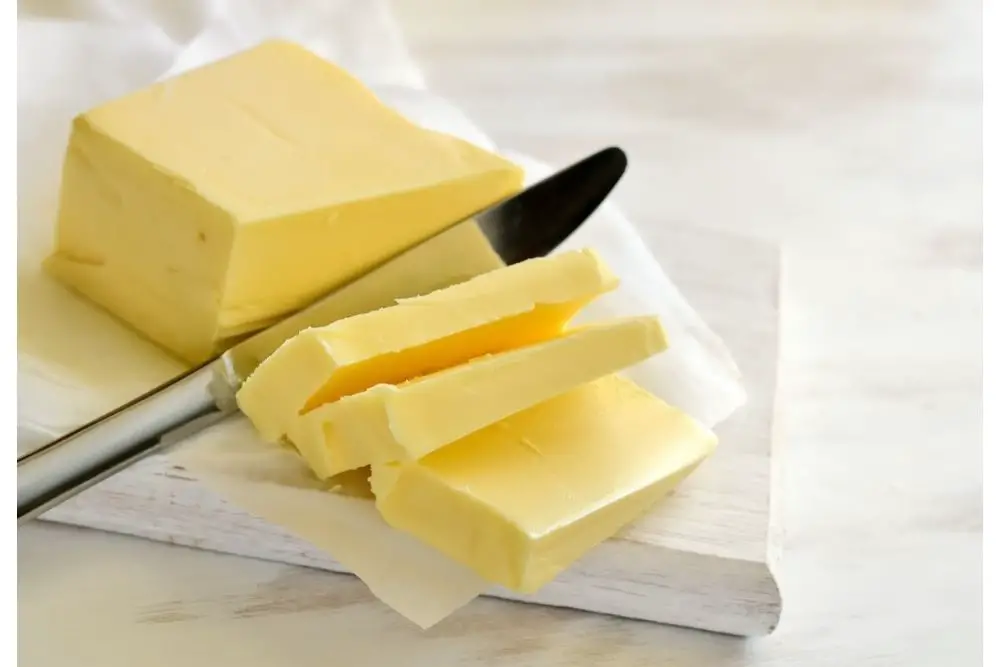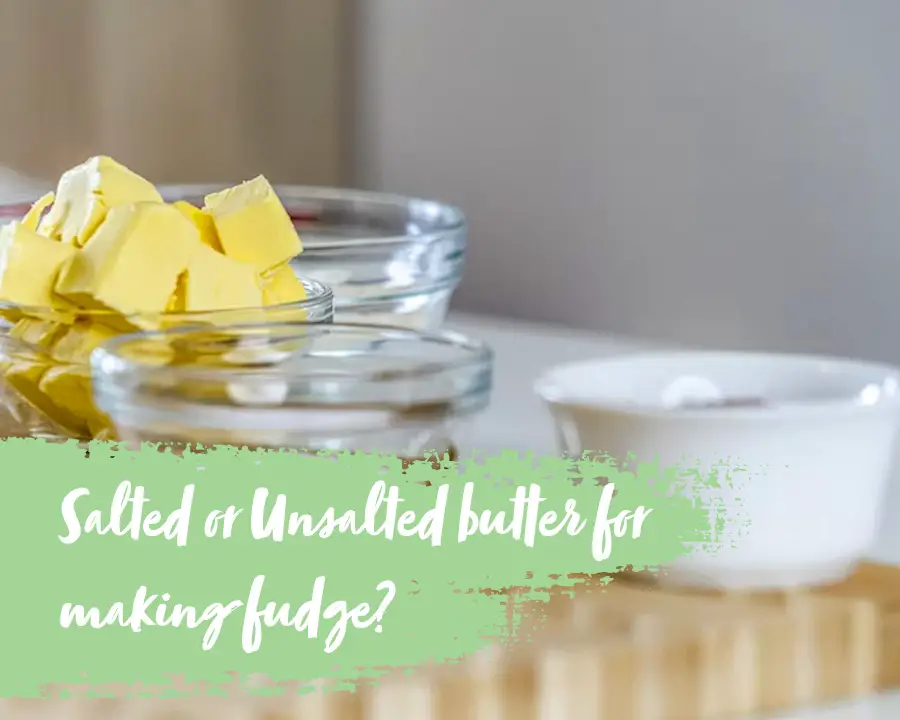Fudge is a delicious sweet treat that can be enjoyed at any time of year and is a perfect snack to bring it any event or occasion.
Fudge can be bought from any store or candy shop, and this will always taste good. But the best fudge you can have is the one that you make yourself.

After putting in all of the work to make the mixture, boil it to the perfect temperature and consistency and form the cubes, that first bite of your homemade fudge will feel like heaven.
Though delicious, making fudge can be surprisingly difficult, especially for those who have never tried out this recipe before.
There are many questions that people have to surround the cooking process and what it tasks to make the most perfect fudge possible.
To help out with your cooking, here we have answered any questions you may have about fudge, and have also included an easy recipe for you to try out. Read on to start your fudge journey.
Should I Use Salted Or Unsalted Butter?
You will notice that the majority of fudge recipes call for the use of unsalted butter, but what if you only have salted butter at home?
This, in general, will not be an issue, and salted butter will work just as well in the mixture as unsalted, though you may notice a saltier taste in the final product.
In the fudge-making process, butter is used to add smoothness and flavor to the mixture, and also helps the sugar crystals to form.
It is usually added near the end of the cooking process. Salt is not usually necessary in the cooking process, and you will rarely find it on any ingredients list for fudge.
Salt does have a use in the cooking process though. If you find that your fudge mixture is foaming too much, then adding a small amount of salt will help to stabilize it.
By using unsalted butter in your mixture, you have complete control over the amount of salt you wish to add, meaning that you can prevent an overpowering salty taste that may occur when using salted butter.
Other Top Tips
Here are a few things you can do to make sure that your fudge will be deliciously smooth and sweet.
Have A Thermometer Handy
Temperature is the biggest factor that can impact the final result of your fudge. If you overcook your mixture then you will be left with hard and brittle fudge that will ruin any eating experience.
If undercooked then too much water will be left in the mixture and your fudge will feel too soft, and perhaps even gooey and slimy. The best temperature to cook fudge at is 234 and 237 °F/ 112 and 114 °C.
You cannot measure temperate by simply looking at the mixture, and you will want to avoid touching it gas you could burn yourself, so having a thermometer is essential.
But Can’t I Use The Timings To Make The Best Fudge?
Many recipes will tell you that you should boil your fudge for 10-15 minutes to get it to the right temperature and consistency, but there are too many variables that will influence how quickly your mixture boils.
The intensity of the heat on your stove or in the microwave may slow down or speed up the evaporation and the boiling process.
The size of your pan will also have an impact, as the bigger the pan the faster evaporation will take place.
This is why you can use the recipes timings as a rough guide, but to be completely accurate you should use a thermometer.
Avoid Over-Stirring
You may think that you should constantly stir the mixture when it is cooking to prevent it from sticking to the pan or to stop it from burning, but this can do more harm than good to your mixture.
When bringing your mixture to a boil, you can gently stir it to bring together the cream and sugar, but after this, you should not stir the mixture again.
Over-stirring will prevent the sugar crystals from condensing, meaning that you will be left with very large sugar crystals that will make your fudge look and taste grainy at the end of the cooking process.
There is no way to fix this issue, so if this happens you will have to start everything again.
When To Beat The Mixture
You should wait until the mixture has cooled for at least 15 minutes, or it has reached a lower temperature of 109 to 113 °F/ 43 to 45 °C before beating it.
Allowing to cool will thicken up the mixture, which will keep the sugar crystals within the mixture small.
If you do not allow the mixture to cool, then the sugar crystals will begin to stick to each other again, causing the unwanted grainy look at taste.
Easy To Make Fudge
Here is an easy fudge recipe for you to try out. This recipe will be able to serve 36 people.
Ingredients
Milk – 150ml
Condensed milk – 397g
Butter – 115g
Brown sugar – 450g
Method
- Combine all of the ingredients into a large (preferably) non-stick saucepan. Place on a low heat and stir until all of the sugar is dissolved
- Bring to a boil for 10-15 minutes, making sure that the mixture reaches a temperature of 234 and 237 °F/ 112 and 114 °C. Stir once to prevent the mixture from sticking to the bottom and sides of the saucepan, then leave it. If you do not have a thermometer handy then there is a small trick you can try to see if the mixture is ready. Get a bowl of ice-cold water and drop a tiny bit of the fudge mixture into it. If the mixture forms a soft round ball that is not sticky to the touch, then your fudge mixture is ready
- Remove from the heat and let cool for at least 15 minutes, or until it reaches a temperature of 109 to 113 °F/ 43 to 45 °C. This is the part of the process where you can get creative with flavors if you want to. You can try adding natural flavorings, chocolate chips, or nuts to the mixture before you begin beating to make your recipe more unique and delicious.
- Beat the mixture for 5-10 minutes, or until it thickens up more and loses its shine.
- Pour and press the mixture into a baking tray lined with parchment and let it set before you cut it. The fudge should keep for up to 2 weeks if you store it in an airtight container at room temperature
In Summary
Whether you have salted or unsalted butter in fridge, the amount of salt in salted butter won’t affect the taste or fudge making process. The salt in the butter, in fact will help with the bubbling foam of fudge when being cooked.

